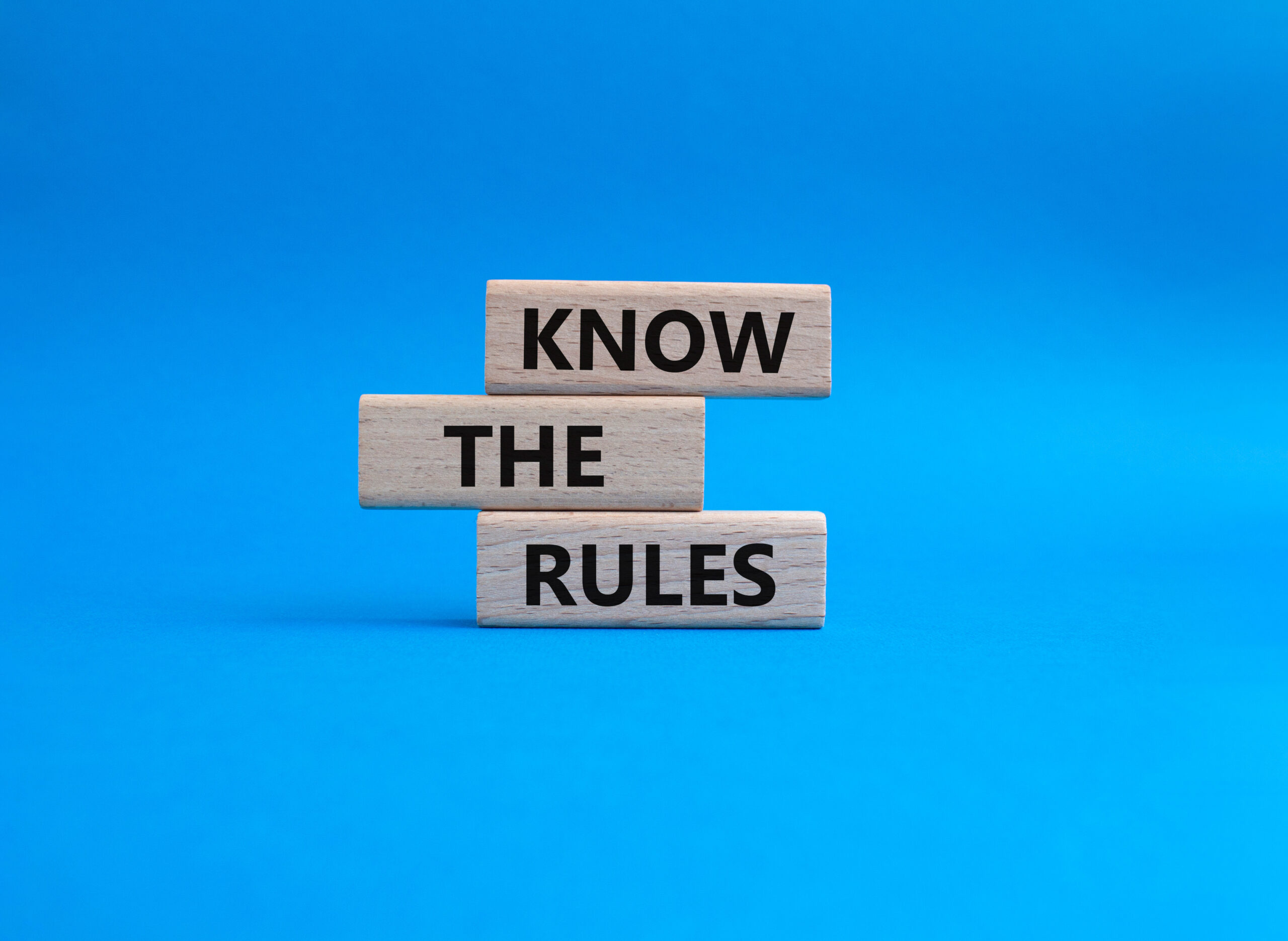Buying or selling a business is a huge decision.
 Buying or selling a business is a huge decision, often requiring a lot of work by both parties in order to make a deal work. Here are several terms that you will need to be familiar with if you want to sell your cleaning business or would like to buy someone else’s:
Buying or selling a business is a huge decision, often requiring a lot of work by both parties in order to make a deal work. Here are several terms that you will need to be familiar with if you want to sell your cleaning business or would like to buy someone else’s:
Asking Price: Whether you are a buyer or a seller, this is probably the number you’re most concerned with. Just as with a house, the asking price is a starting point for negotiation.
Gross Income: Also known as Sales, this is the total amount of money customers paid the company for services rendered over a period of time, typically over a 12-month period.
Net Profit: This is the amount of money left after all company expenses are subtracted from gross income, typically before taxes are paid.
Cash Flow: This is the total amount of financial benefit the seller received from the company over a period of time, typically over a 12-month period. To figure out your Cash Flow, use this formula:
Net Profit (before taxes) + Interest Paid + Depreciation of Assets
In addition, sometimes business owners derive other benefits from the business (such as use of a company vehicle or a vacation bundled with a business trip). A seller might add these expenses back to Net Profit to pump up Cash Flow. This number may also be referred to as recast earnings.
Furniture, Fixtures and Equipment (FF&E): FF&E is the current value of all equipment that stays with the business. Think of this as the blue book value on items like vehicles, computers, and vacuum cleaners.
Inventory: The inventory value is the current value of any supplies that have already been purchased but will likely be used up and replaced pretty quickly; examples include cleaning supplies, office supplies, paper, or soap for a client account.
Real Estate: The current value of any real estate that is owned/mortgaged by the business and will be part of the purchase of the business. This value should include the full appraised value of owned property or the remainder of any mortgage amounts, including interest.
Owner Financing Available: Many times a buyer needs to borrow money in order to buy a business, sometimes from multiple sources. Sometimes the seller will offer to finance a portion of the agreed upon purchase price in order to close a deal.
So, how do you figure out from this reported data if the asking price is reasonable? A few simple ratios can give you a quick idea. These ratios typically fall within a range, and can uncover a number of factors that might affect the future cash flow of the business if the buyer knows what they mean:
Price/Cash Flow (P/CF): While a seller can rationalize business value on many attributes, the most important number is typically Cash Flow because this is the number that will allow you to pay down debt, cover expenses, and provide a reasonable return to the new owner. The lower the P/CF ratio, the better the value; for small to medium sized cleaning companies, the P/CF ratio typically ranges between 2 to 4.
Price/Gross Income (P/S): This ratio typically falls somewhere between 0.5 to 1.0 and gives the buyer some idea of what the company might be worth IF, for example, expenses are effectively managed, bill rates reflect market prices, and the client base and work force remain stable and in place after the sale.
Cash Flow/Debt Service: Often a buyer spends too much time worrying about the price and not enough time worrying about the terms. This Cash Flow/Debt Service ratio gives a buyer an idea of how much cash will be left over each month after making payments to the lenders that financed the deal. The larger the number, the more cash the buyer has left over each month. Not only is this important for needs ranging from expansion capital to supporting the new owner’s life-style, but it helps define the buyer’s margin for error in case sales fall or profit margins shrink. A ratio less than 1 means that unless the new owner improves cash flow, there will not be enough cash each month to cover the debt; the buyer can use this to negotiate a lower purchase price, lower interest rate and/or longer amortization period. This number sometimes called the Debt Service Coverage Ratio (DSCR).
To read the article in the May issue of Cleaning Business Today, click here.





